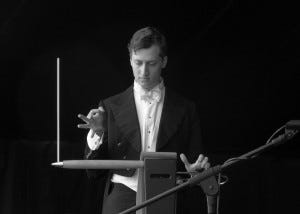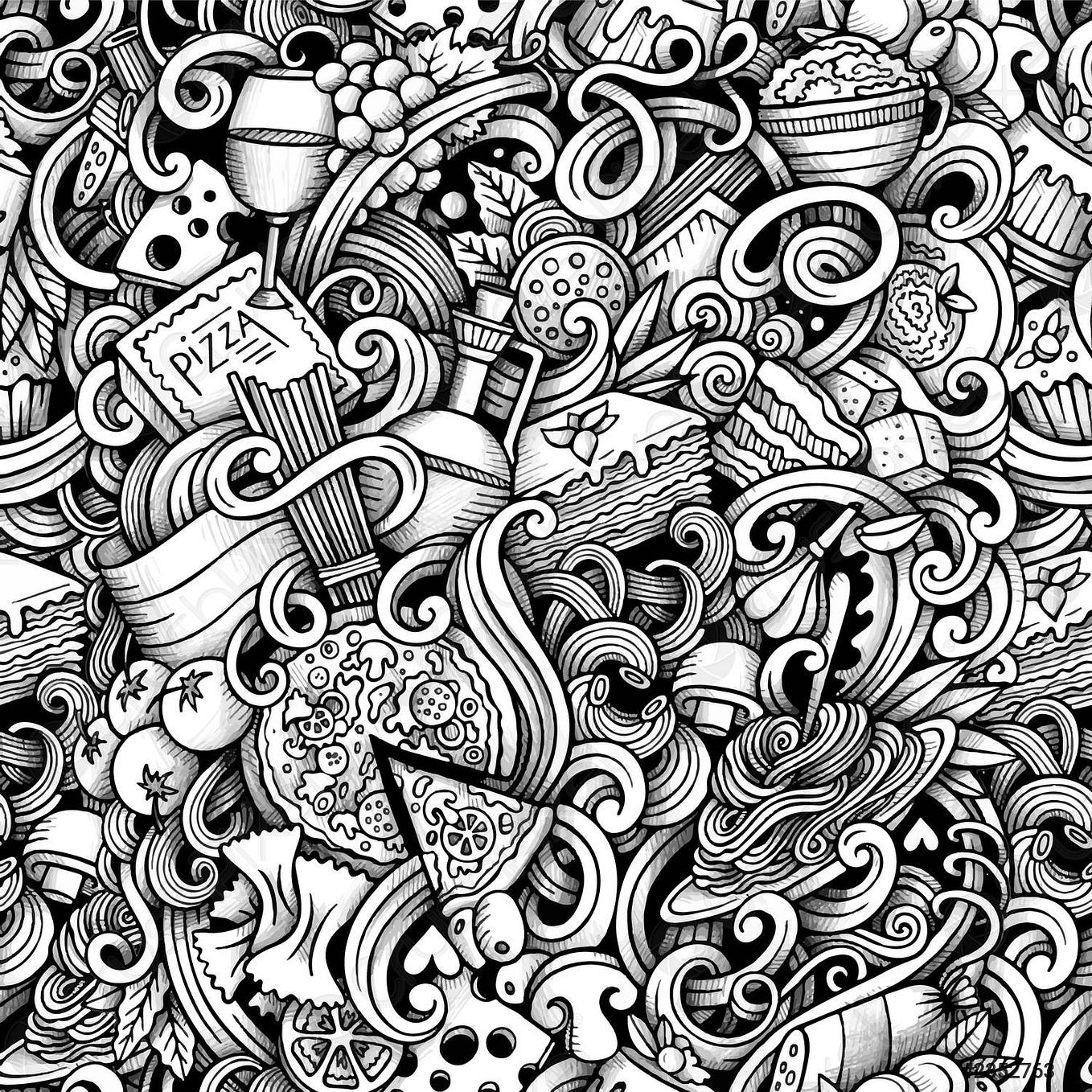Theory of Relativity — Explained in human language
Have you ever been in a group-of-nerds conversation where some bookworm suddenly says, ‘Hey did you guys read the latest Physics magazine talking about a new theory to explain Higgs mass?’
And you go like..
We’ve all been there at least once. So before delving into the daunting task of understanding Physics at its core, let’s start with ‘The theory of relativity’. Mind you, it might sound arcane to most of us, but understanding this has led to the development of technology to such an indescribable extent.
So let’s start.
Sir Isaac Newton in 1687 coined that Gravity affects everything in the Universe. But he never puzzled out the source of gravity. More than 2 centuries later, the prodigal Sir Albert Einstein accomplished the task. He proposed two theories which has revolutionized the way how the world perceives space, time, mass, energy and gravity. (Kudos to him)
We’ll split it into three parts and try to apprehend.
Part 1: Classical Relativity
In our school, we’ve all crammed Sir Newton’s three laws of motion. Hence, it is safe to say that all of us know there is no such thing as absolute motion or absolute rest. Every object on earth moves relative to each other. The Earth itself is constantly in motion. It moves relative to the other planets. Similarly, Stars move relative to other stars. And Galaxies move… You get the point.
This is Classical relativity.
Part 2: Special theory of relativity
Time Dilation: What is the speed of light? Yes of course, 3 x 10⁸ m/s. After solving zillion examples during exam preparation, this constant is fixated in our minds. (Although it is in fact 2.99792458 x 10⁸ m/s — From now on let’s be precise). And one more widely known fact is that nothing can travel faster than the speed of light and it’s speed is the same in any system.
You might think, “Isn’t that pretty obvious?” now. But it only took some 163 separate experiments involving more than 100 scientists just to accurately find out the speed of light. And since the year when Galileo conducted his famous hilltop experiment to measure the speed of light, it took 350 years to conclude with the exact value. Prior to Sir Einstein, scientists thought the light speed is relative. But he changed the course of thinking.
So lets imagine a beam of light reflecting between two mirrors. Consider another set where the mirrors are itself moving near to the speed of light. In this case the light will have to travel a greater distance than case A. Now consider two people X and Y sitting inside the two sets of mirrors resp. According to Sir Einstein, the speed of light must be the same for both X & Y and must hit the two mirrors at the same time. How is that possible? There is only one way.
I think you already guessed it. Time dilation!
Speed = Distance/Time
Hence for person B (moving mirror) time will travel slower than for person A. (Scientists have hypothesized time as the 4th dimension)
Length Contraction: In the previous part we saw how time compensates for the greater distance traveled. But truth be told, they do not increase by the same amount. Hence there is some other factor too at play here. Yes, it is length.
When objects move close to the speed of light, not only does time slow down, the object itself contracts to compensate for the distance. Hence the speed of light is the same for everyone and in everything.
Time travel: We saw for objects travelling near the speed of light. But what if they travel at the speed of light? Their time stops altogether. And if they travel at a speed more than the speed of light, they literally travel backwards in time, into the past. So why not get together and construct something that travels faster? Well, sadly that’s impossible because on approaching the speed of light objects start to increase in mass and to achieve the speed of light you need infinite mass. Infinite mass equals infinite energy (E=mc²) and we know any word with ‘infinite’ in it does not happen in reality.
Till now we saw about Special ToR. Now let us look at the General theory.
Part 3: General Theory of Relativity
Special ToR is for when objects move at a constant pace. What about the accelerating cars which we see everyday? What about the apple which fell on Sir Newton’s head? And the critical question of all, what is gravitational pull?
Sir Einstein gave the solution. He interlinked space and time to theorize the space-time concept. He thought of it as a single entity. He proposed that objects(massive objects) warped space-time around it, causing it to become curved. This warp is known as the gravity well. As a result, objects experienced gravitational pull towards each other. This theory perfectly explained why objects move in space the way they do. For eg: Acc. to General ToR, orbiting objects follow the shortest path which requires least amount of energy. Hence planets move in ellipses around the gravity well of Sun as it is the most energy-efficient path. This is General ToR in layman term.
Finally, how do we know any of this is true?
Countless experiments have been carried out around the world for decades to prove its veracity and Sir Einstein’s equation proves to hold true. I’m not going to step into the details now. But know that the GPS whose utility we are exploiting every day is because of Sir Einstein’s ToR.
Hope you understand the ToR now. (or at least more than before).
I’d like to end with a beautiful quote by John Wheeler who explained ToR in two lines,
“Mass tells Space how to curve,
and Space tells Mass how to move”
Sources: http://math.ucr.edu/home/baez/physics/Relativity/SpeedOfLight/measure_c.html
This article was originally written by Pooja Balasubramani for the original Pragyan blog.









